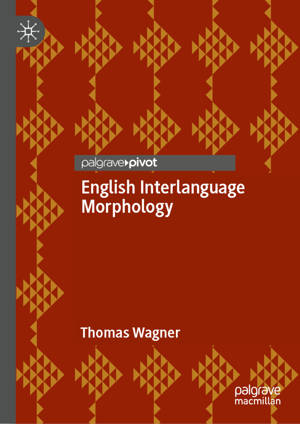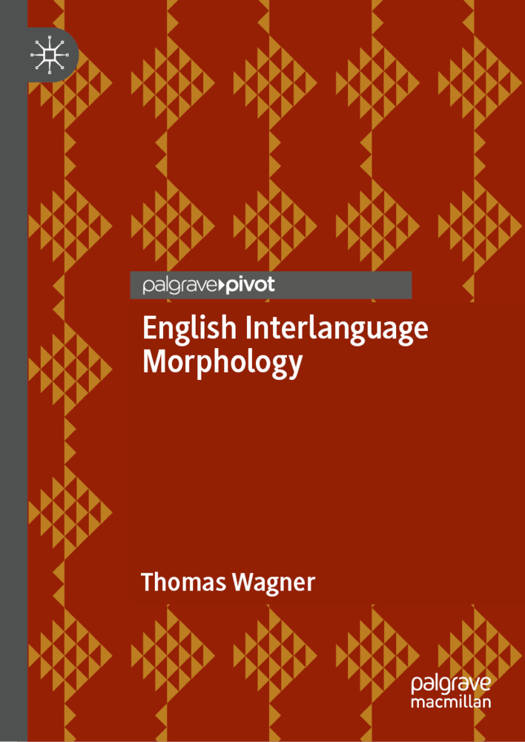
Je cadeautjes zeker op tijd in huis hebben voor de feestdagen? Kom langs in onze winkels en vind het perfecte geschenk!
- Afhalen na 1 uur in een winkel met voorraad
- Gratis thuislevering in België vanaf € 30
- Ruim aanbod met 7 miljoen producten
Je cadeautjes zeker op tijd in huis hebben voor de feestdagen? Kom langs in onze winkels en vind het perfecte geschenk!
- Afhalen na 1 uur in een winkel met voorraad
- Gratis thuislevering in België vanaf € 30
- Ruim aanbod met 7 miljoen producten
Zoeken
English Interlanguage Morphology
Irregular Verbs in Young Austrian El2 Learners--Psycholinguistic Evidence and Implications for the Classroom
Thomas Wagner
Hardcover | Engels
€ 76,45
+ 152 punten
Omschrijving
This book examines psycholinguistic elements of irregular verb morphology in English, using two empirical studies of young language learners in Austria to make evidence-based didactic recommendations for classroom use. The author first provides an up-to-date overview of the so-called past tense debate, encompassing the last four decades of linguistic, psycholinguistic, and cognitive research, before presenting an in-depth discussion of the notion of irregular and semi-regular verbal morphology in both German and English, with a focus on vowel change and apophony. Turning to his original research, he applies generalised linear mixed model analyses as well as conditional inference trees to the behavioural data, avoiding common pitfalls that come with traditional ANOVAs in repeated measure designs, and discusses the concrete implications of the experimental results on second language acquisition and instructed EFL teaching, with a focus on Input Processing. This book will be essential reading for SLA and applied linguistics researchers as well as graduate and postgraduate students in cognitive linguistics, psycholinguistics, and language acquisition.
Specificaties
Betrokkenen
- Auteur(s):
- Uitgeverij:
Inhoud
- Aantal bladzijden:
- 153
- Taal:
- Engels
Eigenschappen
- Productcode (EAN):
- 9783031506161
- Verschijningsdatum:
- 19/03/2024
- Uitvoering:
- Hardcover
- Formaat:
- Genaaid
- Afmetingen:
- 148 mm x 210 mm
- Gewicht:
- 358 g

Alleen bij Standaard Boekhandel
+ 152 punten op je klantenkaart van Standaard Boekhandel
Beoordelingen
We publiceren alleen reviews die voldoen aan de voorwaarden voor reviews. Bekijk onze voorwaarden voor reviews.









